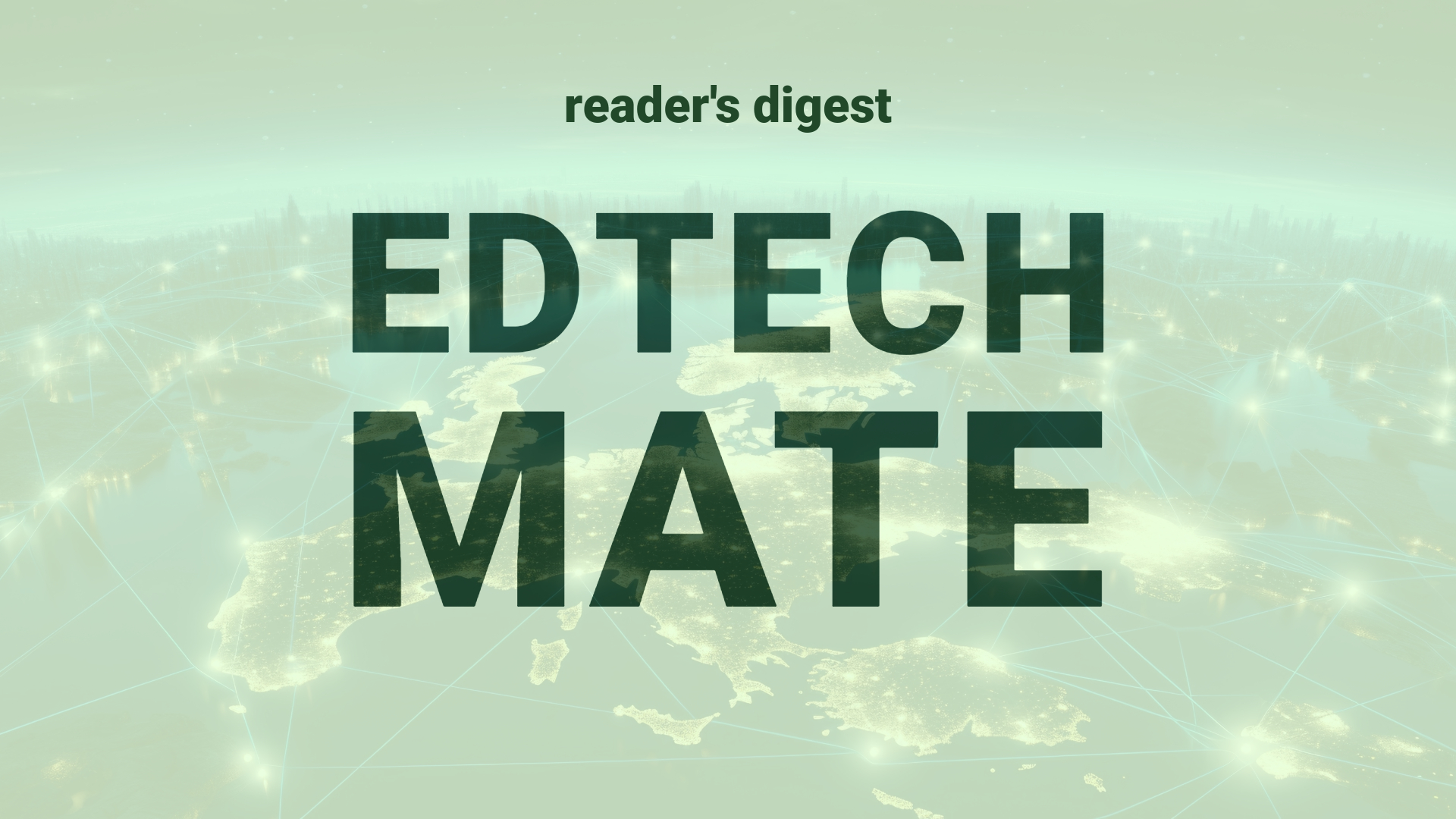Executive Summary and Main Points
The educational technology news from the article focuses on the digital transformation journey of Gilbane, a major US real estate development and construction firm. The firm is embracing a composible architecture, moving away from a conventional system, under the guidance of their CDIO, Karen Higgins-Carter. Key innovations include investments in virtual design and construction, analytics to enhance project safety and risk mitigation, as well as the application of AI and robotics to improve workflows and automate processes. Composible architecture appears primed to become foundational in transforming the construction industry’s digital landscape.
Potential Impact in the Education Sector
The developments at Gilbane could significantly influence further education, higher education, and micro-credentials. By embedding digital transformation strategies, educational institutions can improve administrative and academic efficiency. For Further and Higher Education, this means enhanced virtual learning environments, data-driven risk management, and process automation could lead to improved pedagogical outcomes and streamlined operations. For micro-credentials, leveraging AI and analytics may offer personalized learning tracks and result in better-aligned skill development with industry needs. Strategic partnerships between tech and educational institutions could drive these digitalizations, leading to a more skilled and adaptive workforce.
Potential Applicability in the Education Sector
Innovations such as composible architecture can be applied in the global education sector through the adoption of modular learning platforms that enable flexible, personalized education pathways. AI could be employed for predictive analytics in student performance and retention, while automated processes can streamline admissions, grading, and alumni relations. Digital twins, akin to those used in construction for virtual design, can be used for virtual laboratories and campus simulations, enhancing experiential learning and institutional management.
Criticism and Potential Shortfalls
While the shift towards digital transformation and composible architecture holds promise, it’s not devoid of criticism. Potential shortfalls include the high initial investment costs, the complexity of change management, and the potential for technology adoption to outpace faculty and student adaptation abilities. Comparatively, institutions in varying international contexts may face disparities in resource allocation, which could widen the digital divide. Ethical and cultural implications, such as data privacy concerns and the depersonalization of education through automation, must also be addressed.
Actionable Recommendations
To effectively leverage technology in higher education, strategic planning is essential. Educational leaders should establish clear digital transformation roadmaps that align with pedagogical goals. Incremental approaches to implementing virtual designs, AI, and robotics are recommended to mitigate risks and manage costs. Building partnerships with industry can provide real-world insights and help tailor educational tools and curricula. As this transition occurs, ongoing professional development for educators in digital literacy and instructional design is critical to ensure that technology enhances rather than impedes learning.
Source article: https://www.cio.com/article/2067522/%E3%83%A2%E3%82%B8%E3%83%A5%E3%83%A9%E3%83%BCit%E3%82%A2%E3%83%BC%E3%82%AD%E3%83%86%E3%82%AF%E3%83%81%E3%83%A3%E3%80%81%E3%82%AE%E3%83%AB%E3%83%99%E3%82%A4%E3%83%B3%E3%81%AE%E7%94%9F%E7%94%A3%E6%80%A7.html

